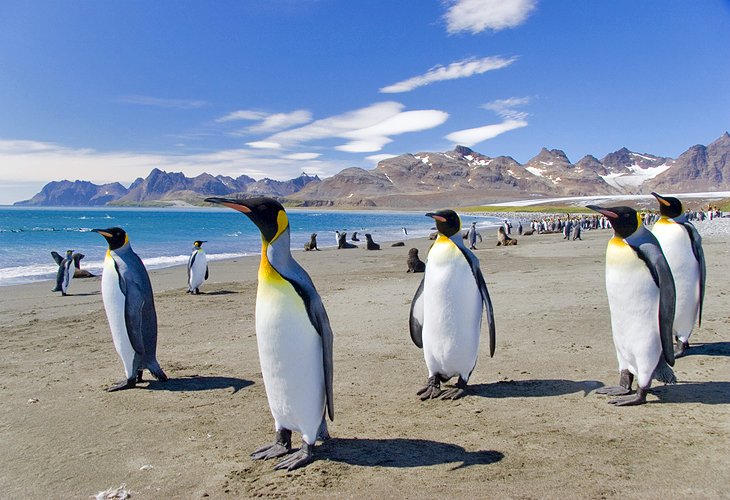Basic travel wisdom includes an awareness of the dangers and risks inherent in any destination. Countries with historically high terrorism, crime, and violence rates are less likely to be candidates for your next vacation.
The Institute for Economics & Peace is a non-profit international think tank dedicated to shifting the world’s focus to peace as a positive, achievable, and tangible measure of human well-being and progress. It has recently released the latest report in which they rank countries worldwide as the safest according to the Global Peace Index.
The index considers political and social stability, personal safety and security, public health, economic strength, and access to essential services.
The rankings from many public safety surveys are based on data collected over the past ten years. These surveys are conducted by IEP’s network of over 350 experienced researchers in the public, private and civil sectors. These researchers conduct the world’s most extensive surveys on global conflict, terrorism, militarism, organized crime, weapons proliferation, and corruption. To calculate the GPI, the researchers consider 23 indicators that cover the issues mentioned above.
The results are then compared to previous years’ results to identify and measure any critical changes in these indicators.
Here are the top 15 safest countries to visit according to IEP Global Peace Index Report 2022.
Join our Travel Advice & Support FB Group
1. Iceland
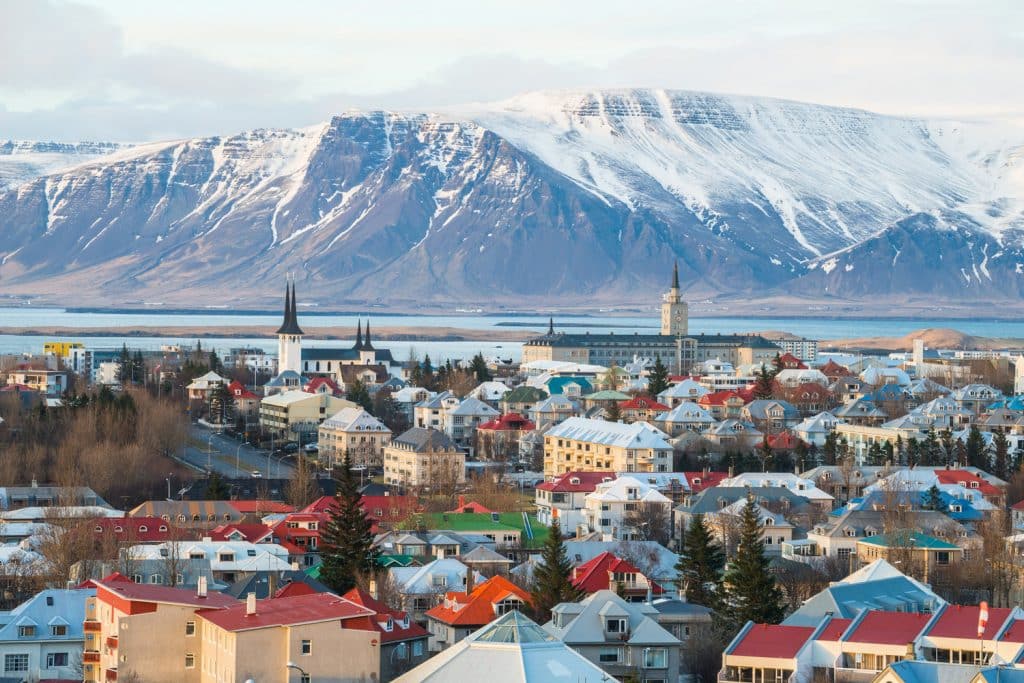
This tiny island country in the North Atlantic Ocean is a favorite vacation destination for many Europeans.
Its capital city, Reykjavik, is geothermally active and is a popular tourist hot spot, especially among golf enthusiasts.
The country has a functioning and well-organized democracy. Its economy depends on fisheries, tourism, hydroelectric power generation, and aluminum smelting. Iceland has very low crime rates and high rankings in personal safety surveys.
Tourists can visit the famous Blue Lagoon geothermic spa or take advantage of the many hiking trails available. The northern lights are a popular attraction for star-gazers and photographers. Iceland also has a rich cultural heritage and hosts many festivals and concerts.
The people are friendly, easygoing, and welcoming.
2. New Zealand
New Zealand has a strong economy, with a small but growing population and a high standard of living.
Tourism is a significant contributor to the country’s economy. The number of visitors during the summer season is expected to increase significantly in the next few years. Personal safety is high in this country.
People feel safe even in urban areas. While its islands are secluded and beautiful, New Zealand can also be accessed by ferry or plane. It is a favorite vacation destination for many Australians and English couples.
The government is dedicated to protecting the rights of its citizens. Work is being done to improve the country’s infrastructure and prevent terrorism.
3. Ireland
This western European country’s history dates back to the early Christian era. It has played a significant role in Western civilization. It has a stable democracy and high rankings on the Global Peace Index.
The country’s economy is among the fastest growing in Europe, thanks to its expanding technological sector, which includes pharmaceuticals and life science. Ireland’s main tourist attractions are the many castles dotting the landscape and historical sites like Newgrange. A passage tomb was built 5,200 years ago. T
ourists who enjoy the outdoors can hike in the Wicklow Mountains or view more than 1,000 plant species at the world-renowned Gardens of Ireland.
The friendly people and communities are havens for artists and musicians.
The crime rate is low, and the country has no history of internal conflict.
4. Denmark
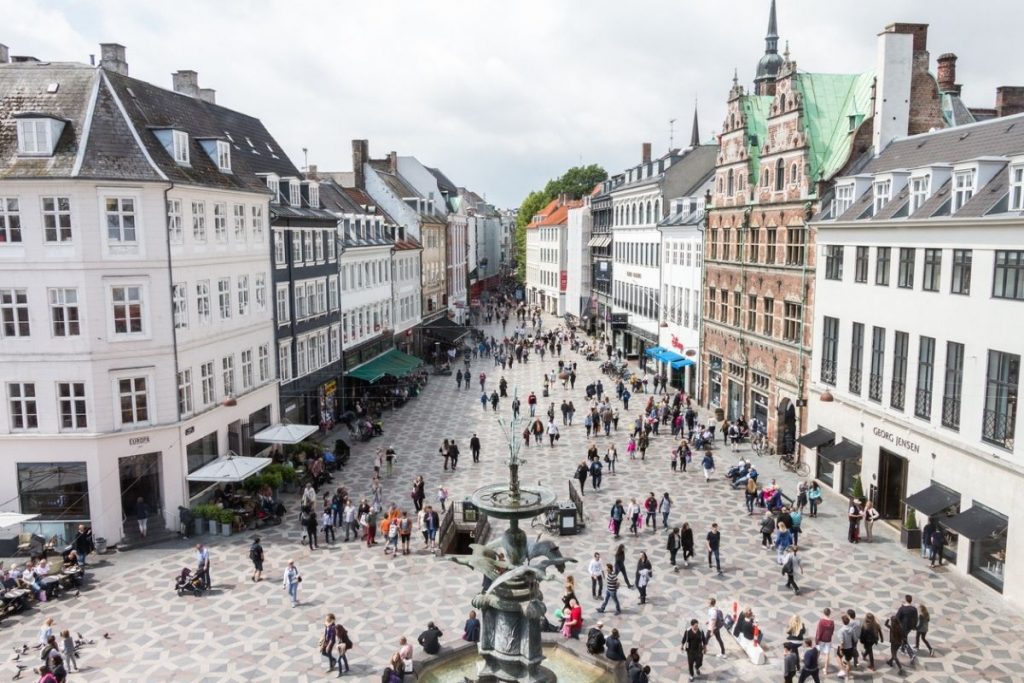
In Denmark, life is comfortable and peaceful. The country abolished its army to focus on developing social welfare programs, education, and cultural heritage. It has many protected national parks where you can enjoy scenic views or go hiking or biking.
One of its major attractions is the Scandinavian Contemporary Museum in Roskilde, which offers modern art and furniture exhibits.
Denmark also has a steady supply of fresh water and electricity. Law enforcement is effective, and there are few violent crimes, making it very safe.
5. Austria
This central European country is known for its diverse tourism options, including skiing, hiking, and horseback riding, as well as historical sites like the Great Alp Pipeline War and Salzkammergut Residency Palace. Its capital, Vienna, is a popular destination for European travelers.
According to the World Bank, people in Austria enjoy an excellent standard of living. The country has a modern infrastructure, including highways and a new high-speed rail line connecting Vienna to Berlin.
The country also has low crime rates, corruption, and economic control measures. The head of the state is the Federal President. The government has high rankings in personal safety and transparency.
6. Portugal

Portugal‘s rich and diverse history dates back to the Ice Age. It is located in the West Europe region.
Portugal’s economy has recently been growing due to its expanding telecommunications, technology, clean energy industries, and functioning democracy.
It also has low levels of corruption and good political participation rates. Its main tourist attractions include the religious sites of Lisbon, a UNESCO world heritage site built by the Northern civilizations, such as crusaders and royal families over centuries.
Crime rates in the country are low, and people feel safe traveling in urban areas. There is no threat of terrorism, and the country is known for religious tolerance.
7. Slovenia
Slovenia has a vibrant society and an excellent quality of life. The economy is robust and has many financial institutions. Several universities with arts and sports facilities are free and open to the public.
The country has a strong record of respecting freedom of the press, religion, and political rights.
The capital is Ljubljana, a rich cultural hub that attracts tourists all year round. The city has been undergoing significant changes in terms of urban development. It is also a major center for research and development.
The country has excellent public services, including public health and education. Crime is low, and there are few reports of theft or personal violence.
8. The Czech Republic
The Czech Republic has a stable democratic government with a strong economy. It has many students and boasts the highest percentage of the OECD countries for tertiary enrollment.
The country has many natural landscapes to enjoy, including mountains and forests. Popular tourist destinations include Ostrava Salt Mines, Prague Castle, Karlovy Vary Spa City, and Cesky Krumlov Castle.
Prague has recently been voted one of the most livable cities in the world due to its low crime rates and modern infrastructure. It is also famous for its beer. The communities and societies in the country are safe, with social acceptance and high levels of personal freedom.
The best way to see this country is on foot or by bicycle.
9. Singapore
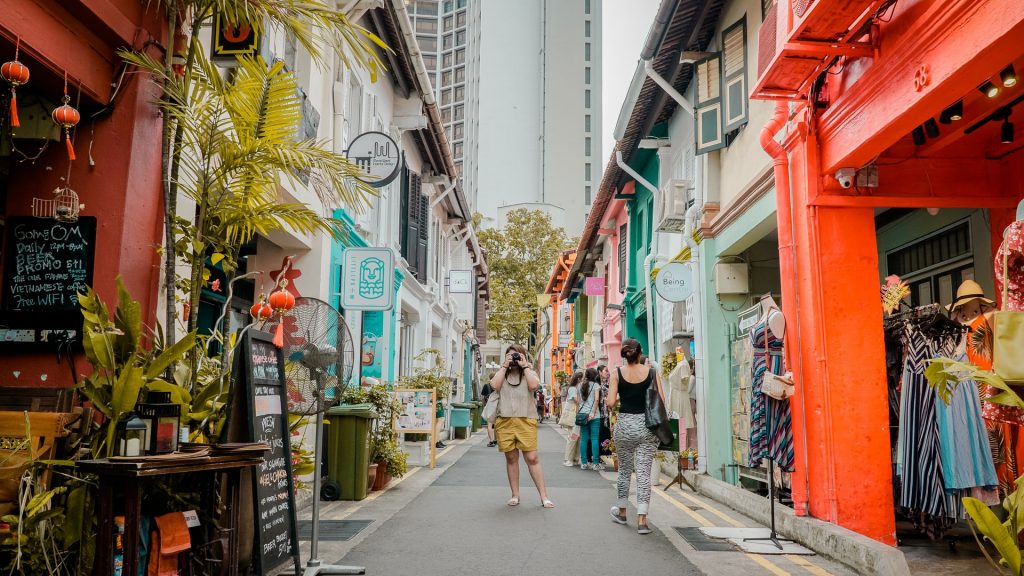
Singapore’s economy is one of the most diversified in the world. It has a modern infrastructure and facilities, including clean water, electricity, and reliable Internet connectivity. You can access online media and participate in online activities without restrictions or censorship.
The economy is growing rapidly because of its growing business sectors, especially technology-based service industries such as software design, management services, and digital.
The country has a very efficient government and excellent strategic management. Singapore has outstanding institutions of higher learning, with many internationally-recognized educational programs.
The government boasts a high standard of personal freedom, and people can make their voices heard. Terrorism is practically absent from the country, and there is no threat of war.
10. Japan
Japan has low crime rates, especially when compared to other Asian countries. The economy is also one of the most stable in Asia, with relatively low unemployment rates.
Tokyo is one of the most densely populated cities. The city has many museums and exhibitions, and its many international film festivals held annually also attract tourists worldwide.
The culturally rich cities of Kyoto, Nara, Nagoya, and Osaka are famous for their ancient shrines, UNESCO world heritage sites, and traditional Japanese gardens.
11. Switzerland
Switzerland is renowned for its wealth and high standard of living. Its population is a little over 7 million. Its economy centers on banking and finance investments in business services and management consultancy.
Switzerland is also famous for its jewelry and watch-making industry. Its major tourist attractions include the Alps, lakes and waterfalls, museums of science and technology, and several castles.
The Swiss people are often regarded as very friendly, open-minded, and easygoing. Financial services are among the best in the world, and the country is famous for its excellent treatment of workers.
It has a progressive society, with female executives and a diverse religious community.
12. Canada

Canada is a developed country with modern facilities, including clean water and electricity. It is one of the most powerful democracies in the world, with a well-developed legal system. Its population is over 35 million, and it has low unemployment rates.
Canada has some of the largest gold deposits and petroleum and natural gas reserves.
The government ensures a free press, education, and religion. Ottawa is the capital of Canada, while Toronto and Montreal are the primary tourist destinations. The country has a health care system that is free and accessible to everyone, with public education and welfare.
Canadians are considered polite people who are welcoming to outsiders.
13. Hungary
Hungary is a small country with a population of about 10 million people. The government has several towns and settlements from ancient times, considered one of the most beautiful places in Europe.
Many places of interest, including castles and palaces, are located near Budapest. Budapest will likely remain the capital for many years because it is conveniently situated between Prague, Vienna, Munich, and Berlin.
Hungary is a safe country with low crime rates and violence, partly because of its strict gun control laws. You can also access online media without restrictions or censorship.
14. Finland
Helsinki, the capital of Finland, is the world’s northernmost capital. Finland has an advanced education system, high literacy rates, and public health service coverage for all residents.
Helsinki has a modern infrastructure and impressive tourist attractions such as the Olympic Stadiums, which host sporting events during the summer months. Communities and societies in Finland are safe, with low crime rates.
The economy of Finland is substantial and diversified, with a high standard of living for its residents.
The country is a member of the European Union and has been actively involved in the European single market since 1995. It has very low unemployment rates and often features among the top ten best countries in the world to live in.
15. Croatia
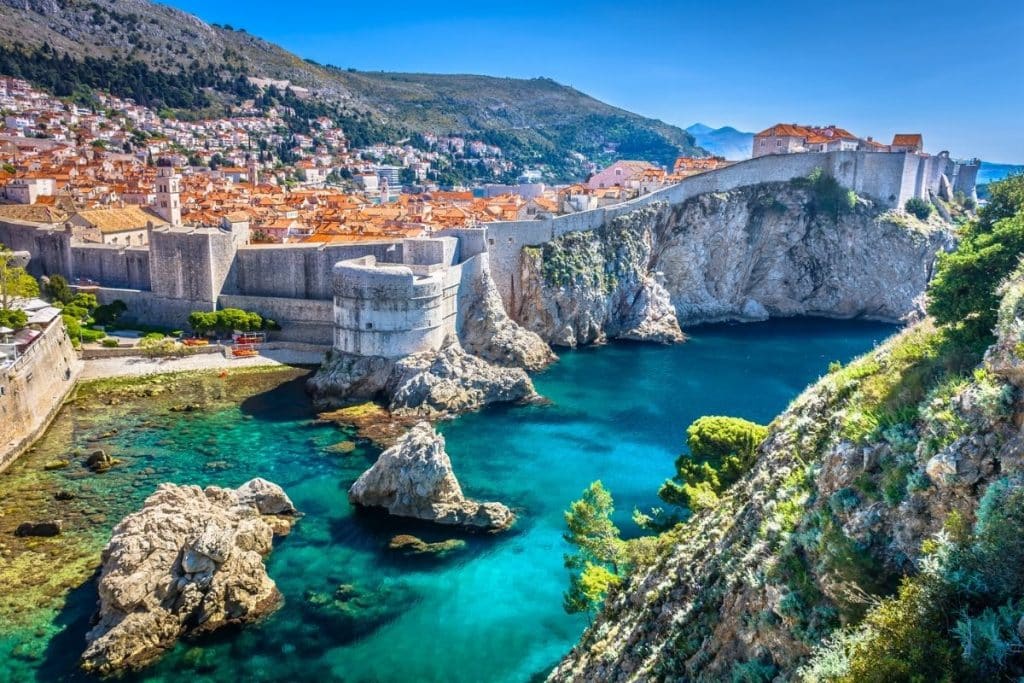
Croatia has a population of over 4.5 million and is a developed country. The nation’s economy is primarily driven by service industries such as financial services, tourism, and manufacturing.
Tourism accounts for over 5% of the entire economy. Tourism in Croatia mainly focuses on the Adriatic Sea’s coastal areas, especially along the Istrian peninsula, where visitors can enjoy historical architecture and the area’s natural beauty.
Zagreb is a safe and very modern city. Croatia is respected for its progressiveness, democracy, and freedom of speech.
The GPI report is one of the most reliable indices used to rank 99 % of the population in the world. The indices used are based on measurable and objective data from various authoritative sources like UNESCO, the CIA, and other statistical agencies. Research is ongoing to compile the best data that include a more direct approach to achieve a personal and sustainable estimation of human development.
16. Germany
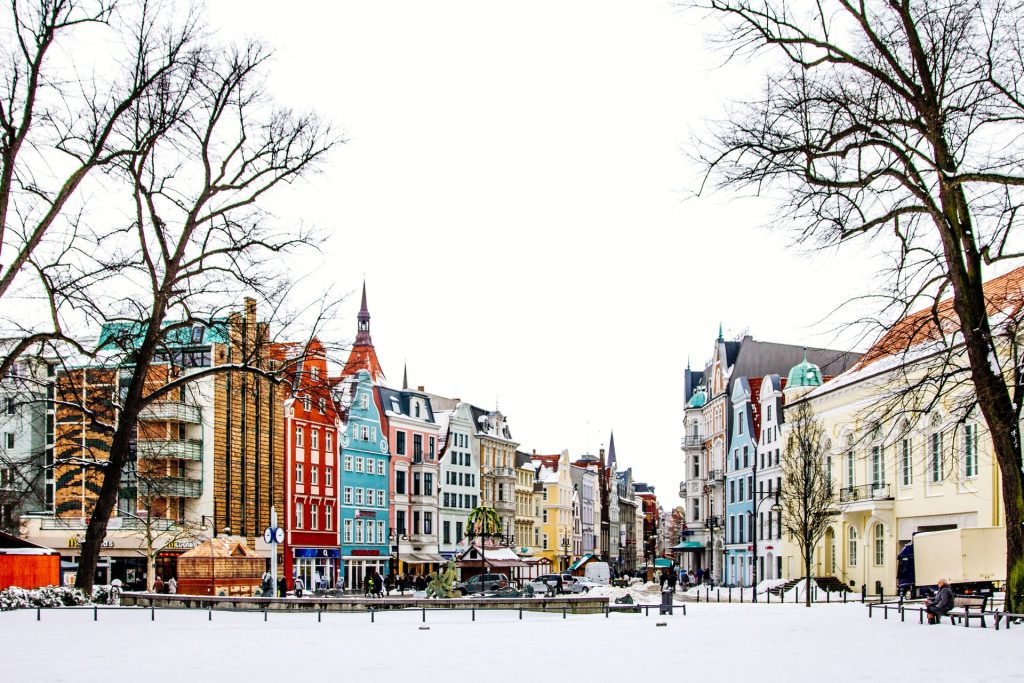
Germany is a fascinating country with a lot to offer! The combination of old-world beauty and modern cosmopolitan centers makes it a great travel destination. With a diverse range of food, lodging, and beverage options, Germany is traditionally less expensive to visit than its European counterparts.
Germany is one of the world’s top travel destinations, with an interesting and rich history narrated through its old-fashioned and colorful architecture, castles, palaces, cathedrals, and monuments, as well as beautiful landscapes, mountains, and forests, wonderful food, and beer.
Germans enjoy celebrating. From Oktoberfest to Christmas markets to Carnival and the world-famous Rhine in Flames, Germany has a fair for every occasion!
Germany is a risk-free destination. While there are always parts that are more dangerous than others, Germany is a safe country overall. The crime rate is minimal, and the German government takes precautions to protect its inhabitants and visitors.
17. Norway
There are numerous reasons to travel to Norway. Mountains, fjords, the Northern Lights, Sami culture, whale watching and much more await you in Norway, and the people are eager to welcome you. When you visit Norway, you will have once-in-a-lifetime experiences and the opportunity to cross something off your bucket list.
The country of Norway is renowned as the Land of the Midnight Sun. It is known for its breathtaking lakes and enchanted skies. Norway is also known for its languages, Vikings and folklore, environmental friendliness and oil production. In addition, many Norwegians are well-known skiers, frozen pizza lovers, and Tesla drivers!
Norway is widely considered one of the safest countries in the world. Even in major cities like Oslo, Bergen, Trondheim and Stavanger, the crime rate is extremely low. As in any other urban area, you should be careful, but there is not much to worry about.
18. Malaysia
Malaysia’s diversity is what makes it so fascinating. In the same country, you can visit vibrant modern cities and colonial buildings, relax on some of the world’s most beautiful beaches, and climb through lush green jungles.
For the curious traveler, there is never a dull moment in this historically and culturally rich city.
A natural retreat is never far from exciting metropolises, fashionable hotspots and innovative cuisine. A vacation at one of Malaysia’s many spas or rural resorts, whether on sandy beaches or in the rainforests of the highlands, is a must.
Foreigners rarely become victims of violent crime. Petty crime such as pickpocketing, purse snatching and robberies are common, especially in tourist areas and at airports.
19. Bhutan
There are numerous historical, spiritual and adventurous attractions in this small country in the Himalayas. The country’s captivating and vibrant culture is as brilliant as its breathtaking mountain scenery.
A remarkable place full of magic and mystery, the lush Himalayan country of Bhutan is bursting with natural beauty, vibrant culture, spiritual and historical attractions, and daring adventures.
Bhutan first opened its doors to tourists in 1974 and prides itself on preserving the sanctity of the place. This is a unique travel experience made even more remarkable by its authentic, sustainable approach to tourism, as there are only a limited number of travel visas available each year.
20. Slovakia
Slovakia, located in Central Europe between the Czech Republic, Austria and Hungary, is still largely unexplored. Often confused with Slovenia (further south), Slovakia offers history, adventure and breathtaking beauty.
With 180 castles and 425 châteaux per capita, respectively, Slovakia has the most castles and chateaus in the world. Not bad for a country that is less than half the size of New York state.
The 900-year-old Spi Castle, which sits outside the village of Žehra and is inscribed on the UNESCO World Heritage List, is arguably the most well-known castle of all to see while visiting Slovakia.
Slovakia is astonishingly gorgeous. The country’s nine national parks and 14 protected landscape areas are the best proof of this.
In the High Tatras, visitors can take a cable car up to the Lomnicky peak or take a traditional wooden raft down the Dunajec River. In the Slovak-Moravian Carpathians, one of the few untouched wilderness areas in Europe, daredevils have the opportunity to track bears and wolves.
21. The Netherlands
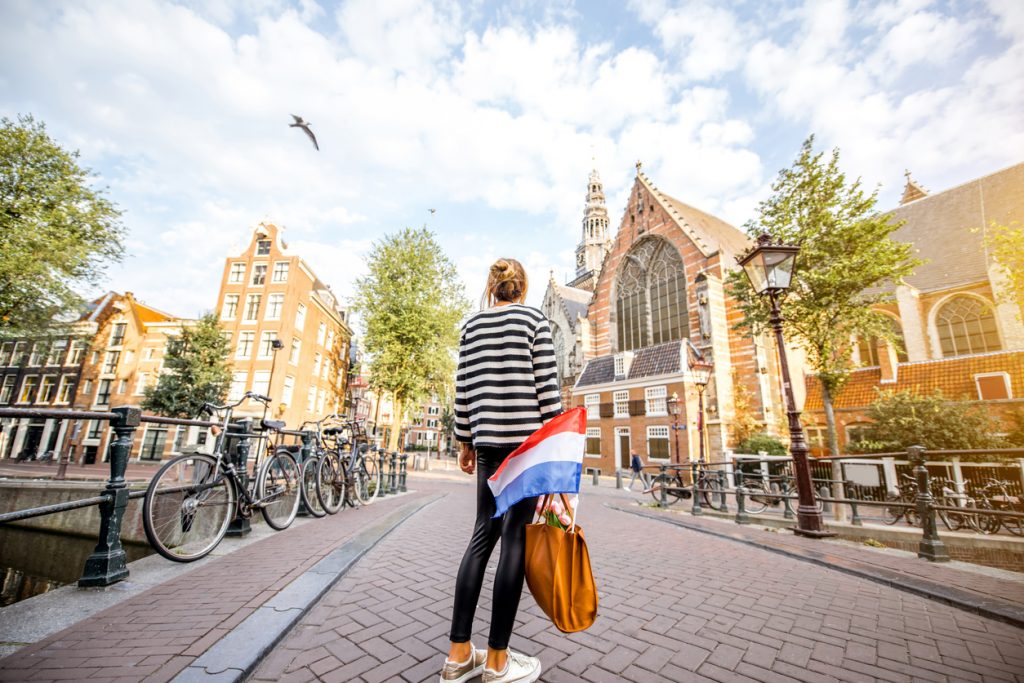
In addition to beautiful landscapes and attractive windmills, the Netherlands has several stunning beaches that attract thousands of tourists every year. These beaches are not only ideal for swimming and sunbathing, but also for family activities.
It is widely known that the Netherlands is the ultimate cycling nation. The country’s flat scenery, warm climate, good roads, and short distances all contribute to the country’s popularity. Aside from being beneficial for your health, the Netherlands is also one of the countries with the highest road safety in the world. By bike, you can visit the most beautiful places in the country, which are otherwise hidden from you because the bike lanes connect you with roads that are not accessible to cars.
The capital, Amsterdam, is ranked sixth in The Economist’s Safe Cities Index 2021 as one of the safest cities in the world. Many factors are considered, including personal safety, environmental safety, and even digital security.

